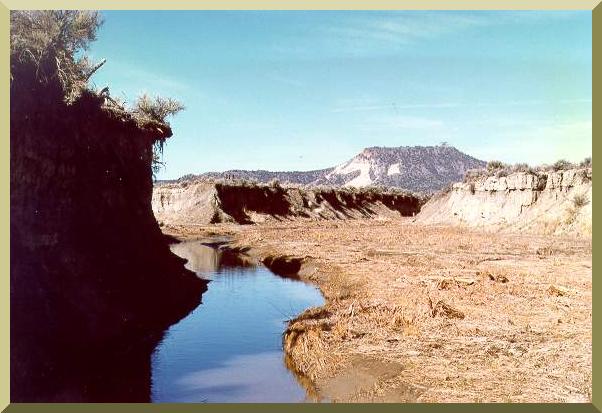|
In November of 1994, an international symposium was convened in Tucson, Arizona, to honor Dr. Ken G. Renard
on the occasion of his retirement. Ken had directed the USDA ARS Lab in Tucson, presently the Southwest Watershed Research Center,
for more than three decades.
In one of the meetings,
Ken confided to his audience how the lab
hab been originally established in the early 1950's with the purpose of evaluating how upstream conservation practices would affect downstream water yield.
USDA had programs with local ranchers to improve conservation practices, but downstream users objected to the programs because prior appropriation water laws
entitled them to water produced upstream. Thus, the lab's original mission was to quantify the cause/effect hydrologic phenomena in semiarid regions.
It soon became apparent that factors applicable in more humid areas were not applicable in drier climates. Much effort was spent on quantifying the
various components of the hydrologic cycle in semiarid regions.
Eventually,
the original mission was altered to include erosion and sedimentation,
watershed modeling, and remote sensing.
A clearer picture of the hydrologic cycle across the climatic spectrum
has emerged in the wake of
the ARS Tucson experience. It is now increasingly apparent that the behavior
is not so much one of cause/effect as in the conventional hydrologic cycle,
but rather, one largely controlled by cybernetic, i.e., biofeedback,
processes.
Anthropogenic reductions in evapotranspiration are likely to
trigger local climatic changes which have the net effect of reducing runoff.
Likewise, increases in evapotranspiration could
bring forth increases in runoff.
1
1 Ponce, V. M., and A. K. Lohani, and P. T. Huston. 1997. Surface albedo and water resources: Hydroclimatological impact of human activities. ASCE Journal of Hydrologic Engineering, 2(4), October, 197-203.
| ||
|
|
